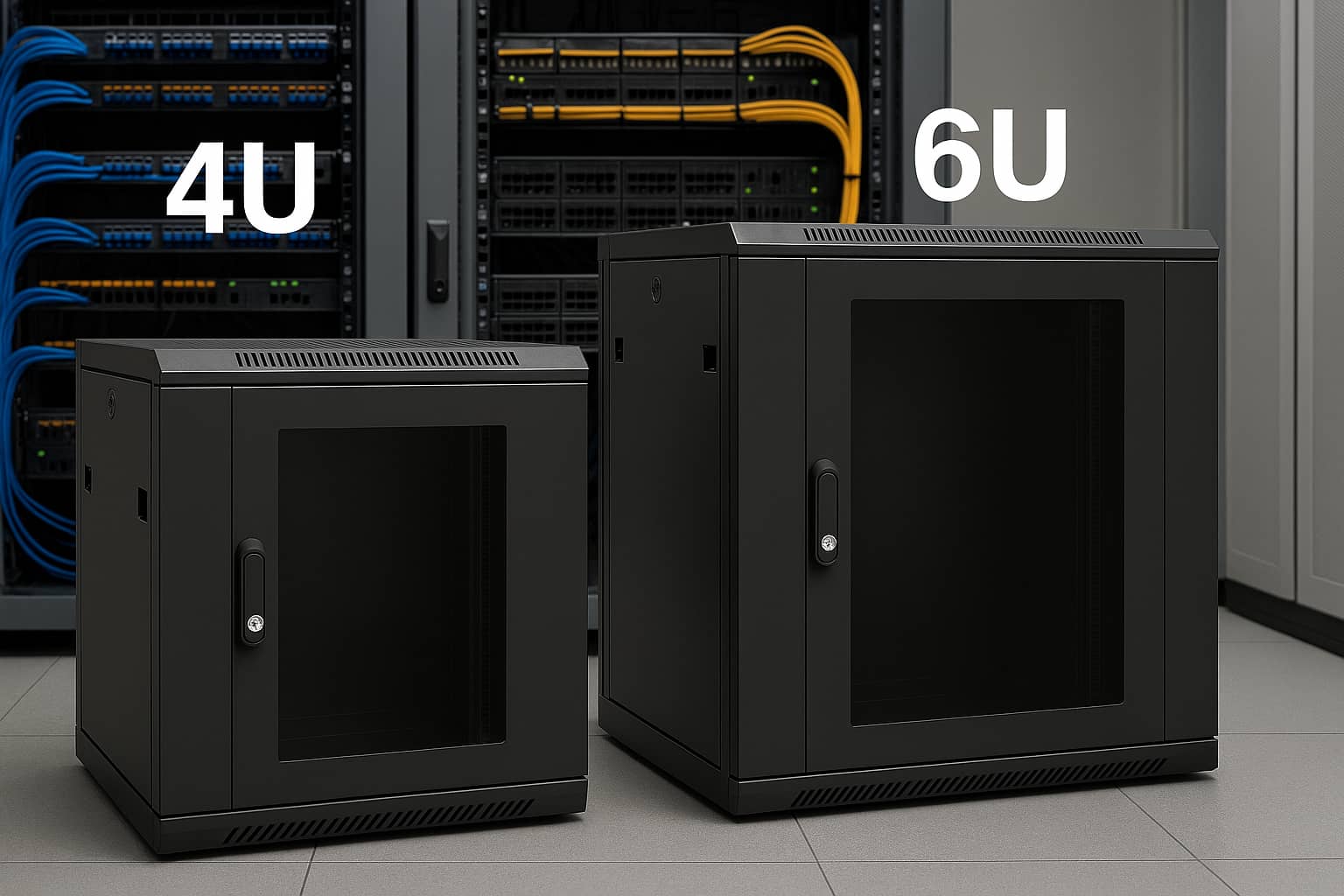
4U vs 6U Rack Units: How to Choose the Right Format
A rack unit (U) is one of the key dimensions in the telecom industry. The parame...
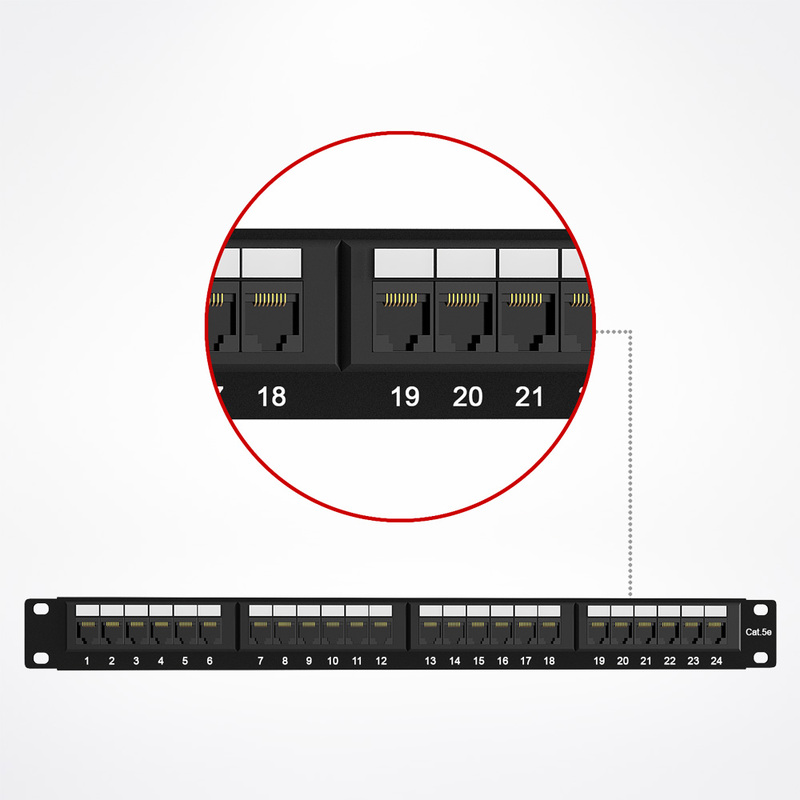
A modern cable network consists of many components that require a high level of organization. A patch panel is one of the rack mount wire management elements designed to arrange the wiring system and keep it in order. The right wire management will help solve many problems with the system and ensure its proper functioning.
A server rack patch panel is a hardware device featuring numerous ports for efficiently organizing cable networks. Each port is connected to a specific location through individual wires.
The product is an important component of cabling system structuring. A patch panel is an accessory with connectors on the front side and contacts for fixed cable attaching on the rear side. With it, system administrators can quickly switch between workstations and active network equipment. The advantage of the panel is the ability to be replaced quickly and easily in the case of a failure of a separate section of the network. To do this, you need to bring the cable to the panel and insert it into a free port.
Patch panels come in various sizes, ranging from compact units with only a few ports to large-scale panels accommodating hundreds of ports. Moreover, they can be customized to support different cable types, including fiber optic cables, Cat5 cables, RJ45 cables, and more.
Externally, the device looks like a box with connectors under the cable grid. On the front side of the cross panel, there are numbered ports. Their number can vary from 4 to 96. The pins of the connector for fixing the wire are brought to the back in the form of IDC connectors. For convenience, each port has a digital designation and color marking, which corresponds to the colors of the twisted pair cores. Cable jointing is carried out by pressing the cores between the contacts. The insulation from the cord is removed only at the point of contact, thus obtaining a reliable connection.
The device is used to quickly switch between active computing hardware and workstations. In addition, the accessory is listed in the class of passive network equipment and can streamline low-current cord management. Compared to other types of connection, this one has the following advantages:
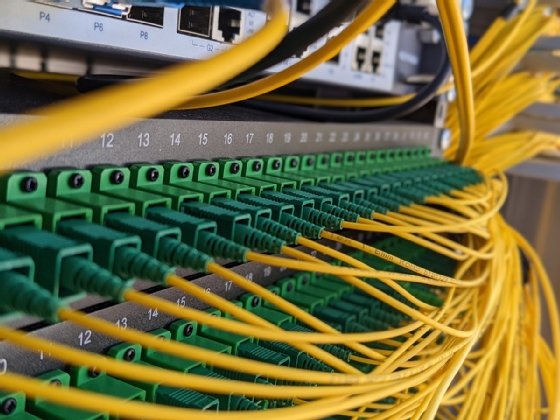
All products are divided into two main classes, namely fiber optic panels and Ethernet devices. Within both classes, several subtypes are subdivided. Thus, the first group of tools is further divided into:
The second class of plugs is subdivided into:
Patch panels in networking play a crucial role in both fiber and copper networks, serving as key components for organizing and managing cable connections. While fiber offers higher speeds compared to copper, the performance differences in patch panels remain a topic of debate among networking professionals. The primary function of patch panels in networking is to direct signal traffic rather than dictate the speed of signal transmission. However, it is important to note that fiber optic devices typically come with a higher cost compared to their copper counterparts.
Regardless of the type of network, all patch panels adhere to the same standards that define signal and speed performance ratings for other network components. These standards ensure consistency and compatibility across network infrastructure.
When it comes to patch panels, here are some key points to consider:
In summary, while fiber and copper networks have distinct characteristics, the performance differences in patch panels are often subjective and dependent on specific network requirements. Patch panels serve as critical components for signal management and adhere to industry standards for consistent performance and compatibility. It is essential to evaluate your network needs and consider factors such as speed, cost, and standards when choosing the appropriate solution for your network infrastructure.
The rack accessory itself provides a certain degree of cable organizing. Yet, more effective tools are applied by system administrators to manage wires and keep them organized. These include:
Patch panel cable organization allows simplifying and speeding up system maintenance and avoiding wire tangling.
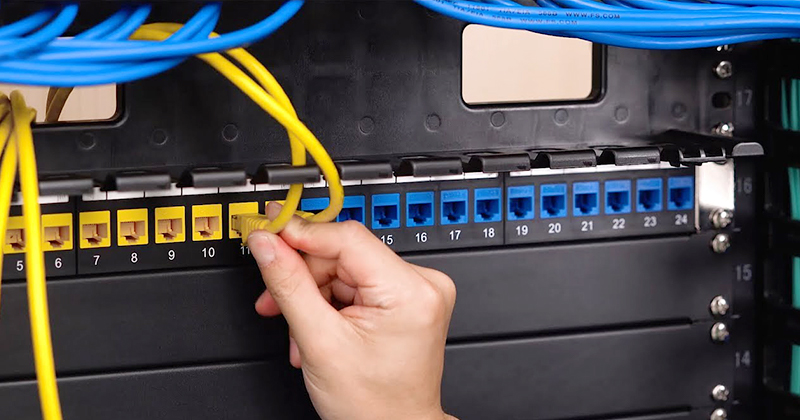
Here are some points in favor of applying the accessory when arranging your server cabinet:
Nowadays, any business requires at least a small server cabinet for data storage and processing. In larger companies, racks are located in separate server rooms. Thus, the issue of arranging a server system is crucial nowadays. Patch panels are indispensable accessories for the organization of a quality server cabinet. Their application helps achieve effective cable allocation and keeps the system organized and easily manageable.

A rack unit (U) is one of the key dimensions in the telecom industry. The parame...
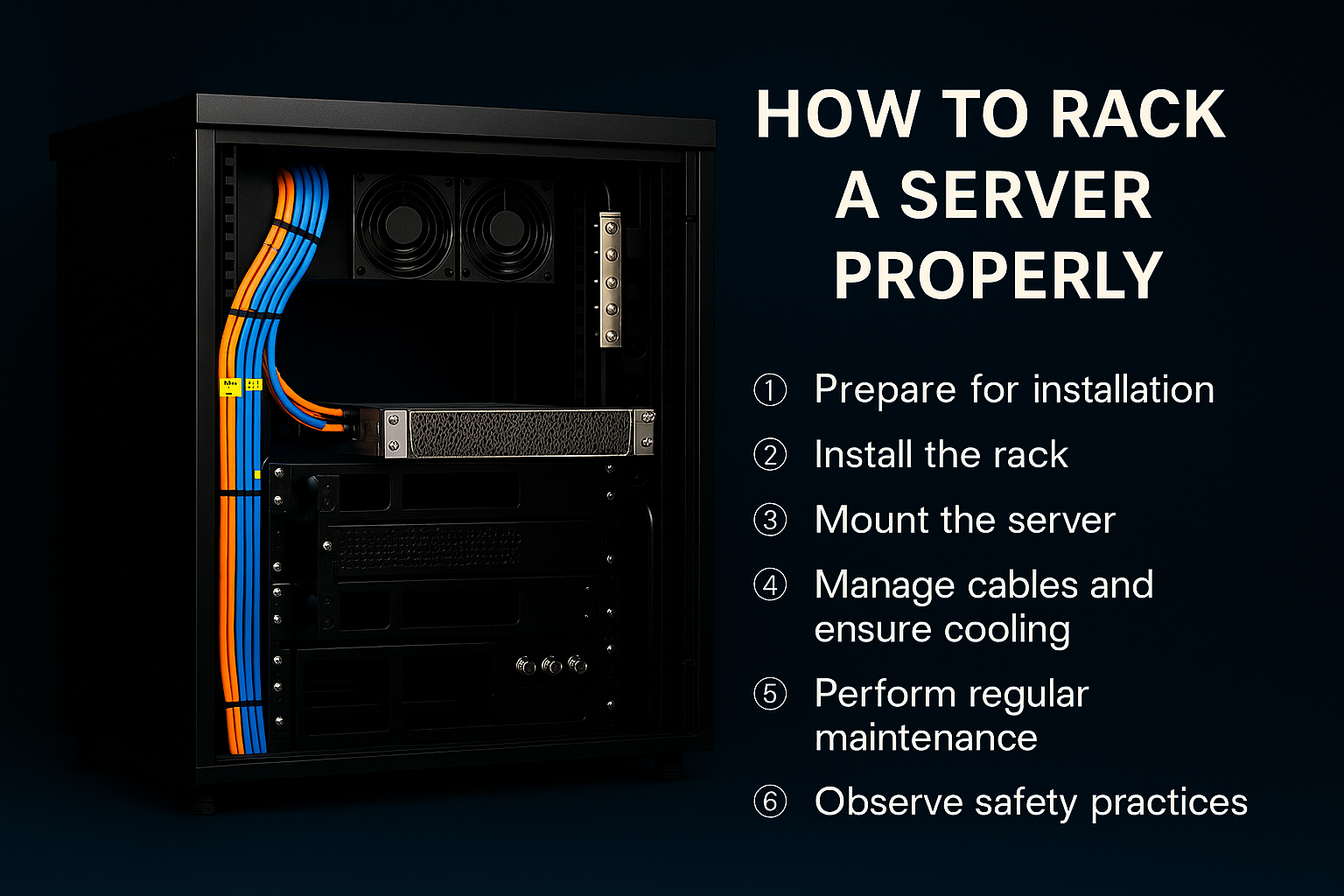
Servers come as indispensable elements of a network infrastructure. They serve a...
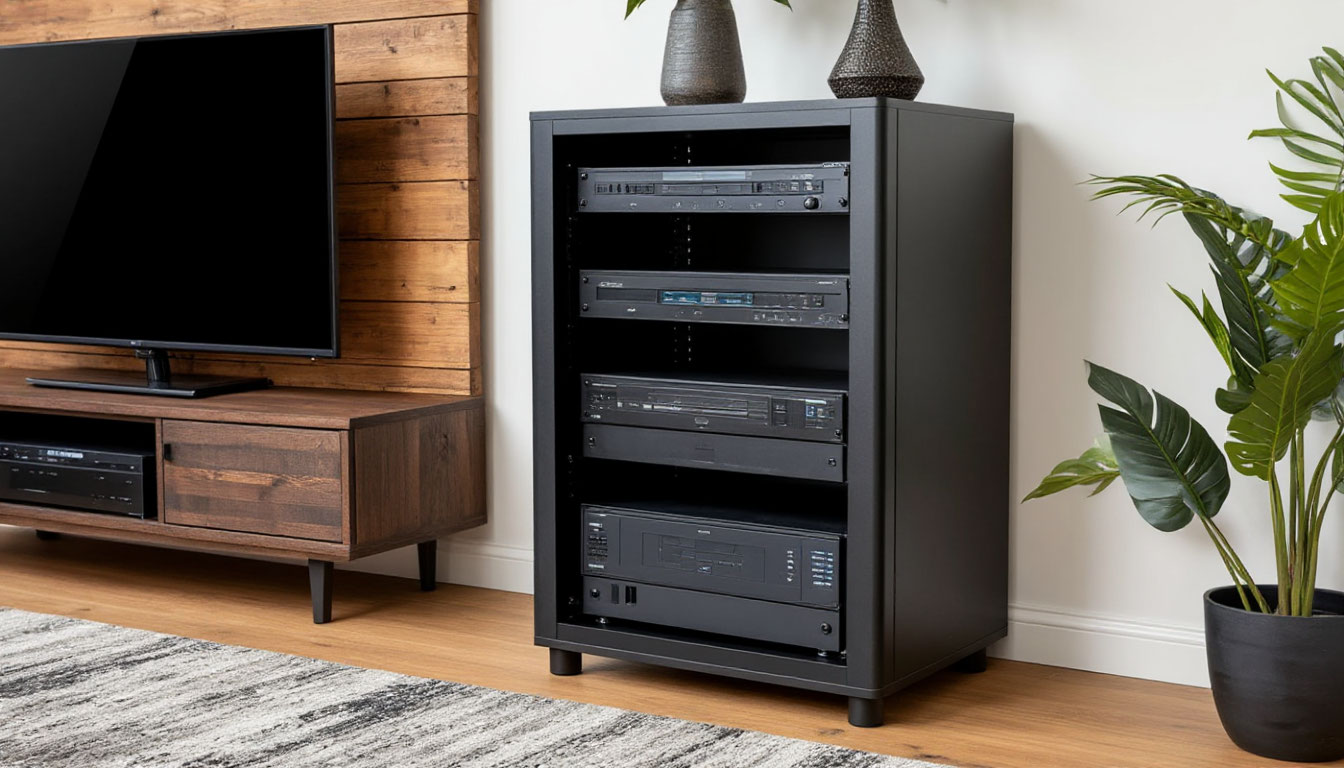
Most home owners want to enjoy movies in a good quality and with good sound. Thu...
This device is used to organize and manage network cables by providing a centralized point for connecting and routing cables from various devices or locations within a network.
Patch panels offer several advantages, such as streamlined cable management, simplified connectivity, flexibility for future expansions, and ease of troubleshooting network issues.
Patch panels are still widely used in networking systems. They continue to be an essential component for organizing and managing network cables in various environments, including homes, offices, data centers, and other commercial settings.
The advantages of using a patch panel in a network include improved cable organization, efficient connectivity, scalability for future expansions, simplified troubleshooting, and a tidy and professional appearance for the network infrastructure.
No, patch panels themselves do not require power. They serve as passive components in the network, providing a physical interface for cable connections. However, other network devices connected to the patch panel, such as switches or routers, may require power for their operation.
Patching in networking refers to the process of connecting network devices, such as computers, switches, and servers, using patch cables through a patch panel. This setup allows for easy management and organization of network connections. Patching facilitates changes in network configurations, troubleshooting, and the integration of new devices without the need for direct and permanent connections between hardware, enhancing the scalability and maintainability of network infrastructures.
Mount the accessory in a rack or enclosure. Run Ethernet cables from network devices to the patch panel. Terminate the cables at the patch panel using a punch-down tool. Label each port for easy identification. Connect patch panel ports to a network switch using patch cables. Test the connections with a cable tester.